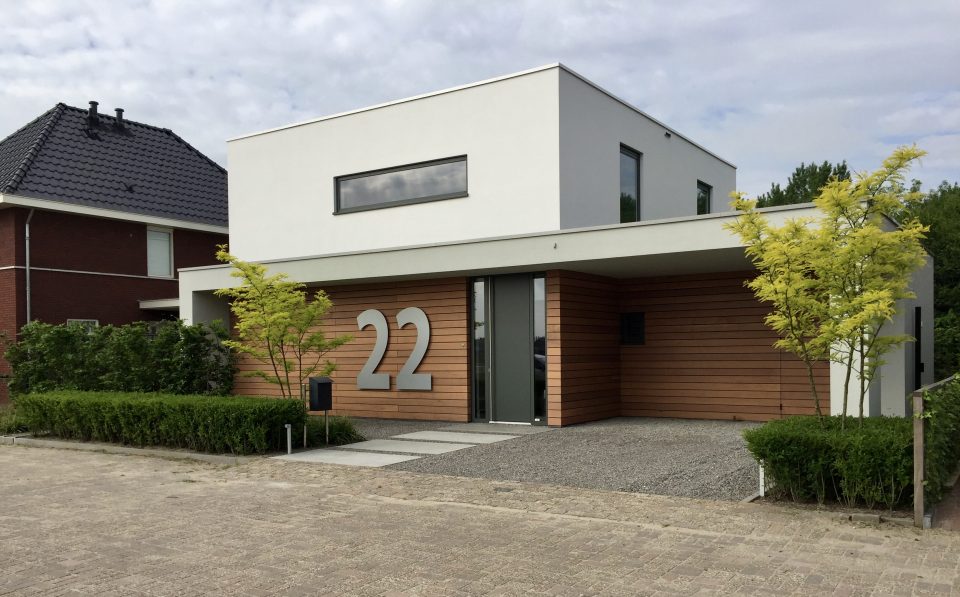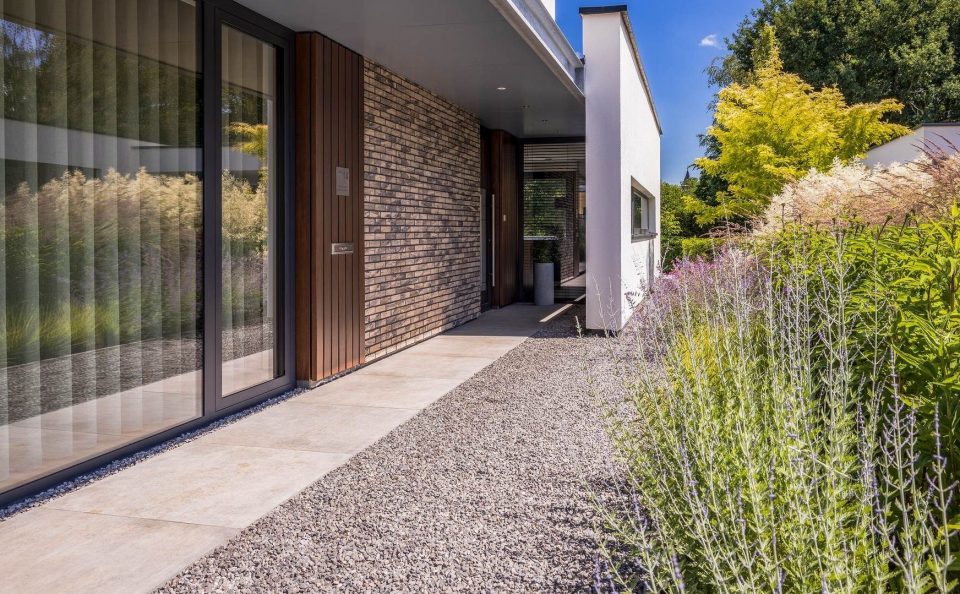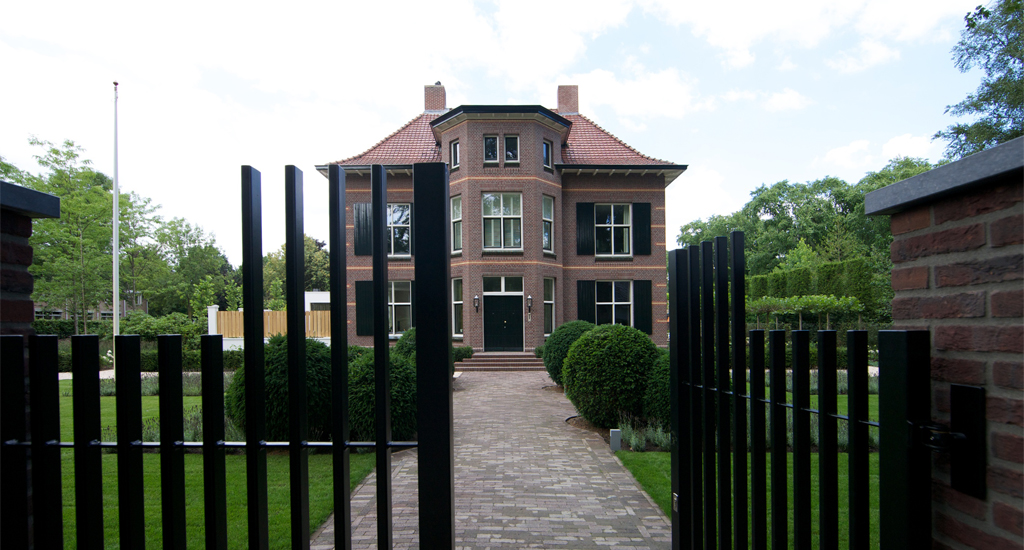The Dutch front yard: the stepchild

A walk through an average Dutch residential neighborhood often makes one despondent. A beautiful front yard is almost impossible to find. Huge amounts of paving for the benefit of the sacred cow that is still the automobile are interspersed with desolate groups of plantings that are often poorly maintained.
But, of course, it can be done differently. The front yard does not have to be ugly, in fact, it can be a valuable addition to the image of your home. In addition, it is nice if the front yard is practical. You come home every day and it’s a nice feeling when you can park properly and the beautiful front yard welcomes you. A beautiful entrance makes the property presentable, spacious parking spaces where you can drive in and out well give a rich feeling.


In the front yard, there is often a tension between practicality and aesthetics. And the two must be properly balanced. The practical is mostly about parking. Increasingly, multiple cars must be given a place in their own yard and preferably be able to drive away from each other independently. A large amount of paving is therefore unavoidable.
And then things often go wrong! A large wide driveway of carelessly chosen tile makes a grand gesture toward the ugliest door in the house: the garage door. The driveway is not only a place to park the car, it also forms a line of sight. A mistake often made; The focus should not be on the garage, but on the entrance!


It is important that the garden fit well with the architecture of the house. Often the front door is carefully designed by the building architect and the facade around the entrance has received extra attention. So it’s nice to capitalize on that in the architecture of the front yard. So in my plans, there is often a separate walkway to the front door of the house.
For driveway and parking, a large area of pavement is unavoidable. The choice of paving material is important and largely determines the atmosphere of the front yard. Partly for environmental reasons and to collect and buffer rainwater, we often choose a semi-paved surface, such as split. Installed properly, it is a very practical floor that can be driven and walked on well. Rainwater settles into the underlying foundation, draining into the underlying soil layers. And it looks pretty too!
Garden architect Gert-Jan Schouwenaar of Sparq Gardens
View Sparq Gardens’ projects here





